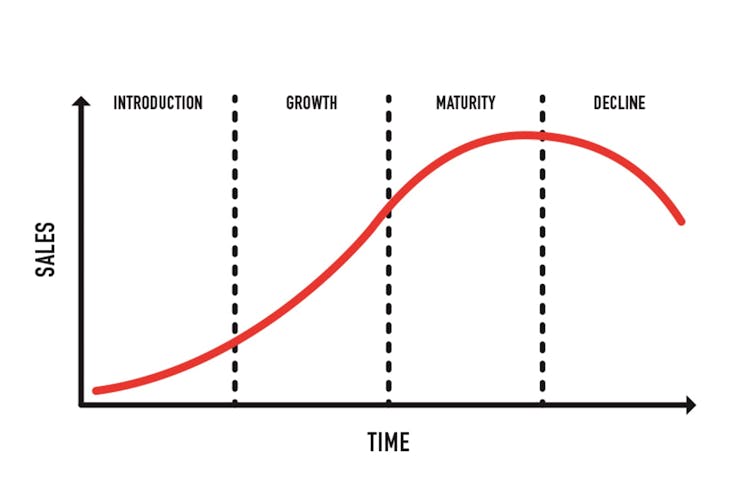The bank regulator will no longer hold potential borrowers to its previous 7% interest floor. Most lenders tended to use high interest rates (7.25%). According to APRA’s chairman Wayne Bryes, these changes will not lessen the lending standards importance. Wayne explained, “this updated guidance provides ADIs with greater flexibility to set their own serviceability floors while maintaining a measure of prudence through the application of an appropriate buffer that reflects the inherent uncertainty in credit assessments.”
Although these changes are welcome, the speed as to which they are being seen in the market is very slow. Dream Design Property’s Founder Zaki Ameer believes that “APRA needs to be more responsive than reactive.”
Ameer goes on to say, “they (APRA) need to be much quicker, they currently wait for the market to change and then react, versus changing with the market. Once the property market dropped and interest rates are low, they try to make investment lending easier in order to ramp up the market. Ultimately we aren’t seeing a big difference as of yet.”
Borrowing Capacity Increases
According to the Independent Mortgage Planners, these amendments will boost property owner’s borrowing capacity by approximately $100,000. The amount varies depending on the household structures, which are as follows:
The chart below displays the borrowing power of differing households. The totals infer that borrowers have no major debts and aren’t overspending on day to day essentials. The interest rate of 3.3% is assumed under the new conditions.
Borrower Type | Max Borrowing Capacity at old rate of 3.3% | Max Borrowing Capacity at 3.3% + APRA 2.5% buffer |
| Single $80,000 | $498,000 | $579,000 |
| Single $120,000 | $738,000 | $859,000 |
| Couple $80,000 each (no children) | $1,004,000 | $1,167,000 |
| Couple $120,000 each (two children) | $1,434,000 | $1,667,000 |
The Changes To Come With Residential Mortgage Lending
The serviceability buffer will change from 2% to 2.5%. As the minimum interest rate is lowered, the increased buffer will test repayment ability very cautiously. Banks used to be encouraged to use their own buffer rates that were higher than APRA’s. Which in turn is good for the borrower because it means it will make it easier to borrow.
By letting banks regulate their own serviceability requirements, it is to be expected that there will be an increase in competition through lenders as well as an increase of the value of broking services. Overall, this is great news for borrowers as they will have a variety of options between banks and lenders.
How The Changing Cultural Climate is Affecting APRA
The old mortgage lending guidelines came into play after the worldwide housing recession. Therefore, they were wildly outdated. APRA’s amendments to the guidelines focus on the present financial landscape as well as what is to come.
Guidelines to lending aren’t the only things APRA is changing. In a speech Monday night, Bryes discussed APRA’s duty for the Australian people to become tougher on financial institutions. He went on to say that “the regulatory pendulum has swung between periods of significant regulatory change, and times when there have been demands to pare back.” Referring to cultural shifts Australia has within financial institutions and the banking royal commission.
Dream Design Property’s Founder Zaki Ameer believes this marks a healthy change for the Australian people financially. “I agree that banks need to be more heavily scrutinized publically. It’s important that these inquiries are public knowledge and not left for private investigations. Banks need to be held more accountable, we have the right to know what is happening.”

/who-office-at-the-united-nations-(wun)/un-sc-dg.tmb-768v.jpg?sfvrsn=6720f3fc_1)






